Ask Ethan: What ‘impossible physics’ would become possible with warp drive?
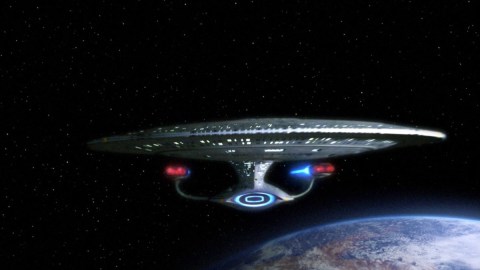
In 1994, Miguel Alcubierre showed how warp drive could be made real within General Relativity. What does that imply?
“Its continuing mission: to explore strange new worlds, to seek out new life and new civilizations, to boldly go where no one has gone before.” –Star Trek, in many incarnations
When warp drive was first brought into the public consciousness with the debut of Star Trek fifty years ago, our understanding of the Universe was fundamentally different than it is today. For one, warp drive was simply a plot device to reach the distant stars without having characters and the Universe age; it was thought to violate Einstein’s relativity as a physical impossibility. For another, it was thought that gravity was working to pull the distant galaxies back towards one another, and that if you traveled close enough to the speed of light, you’d eventually reach anything; we didn’t know about dark energy. In 1998, the accelerating Universe taught us that only 3% of the galaxies in the observable Universe would ever be reachable at the speed of light. But in 1994, Miguel Alcubierre discovered a solution in General Relativity that catapulted warp drive into the realm of the physically possible. Could warp drive enable us to reach those galaxies after all? Peter Tibbles asks exactly that:
[W]ould it be possible using the Alcubierre drive to reach those galaxies now thought to be out of reach?
Not only is the answer yes, but that’s just the start of what’s possible.
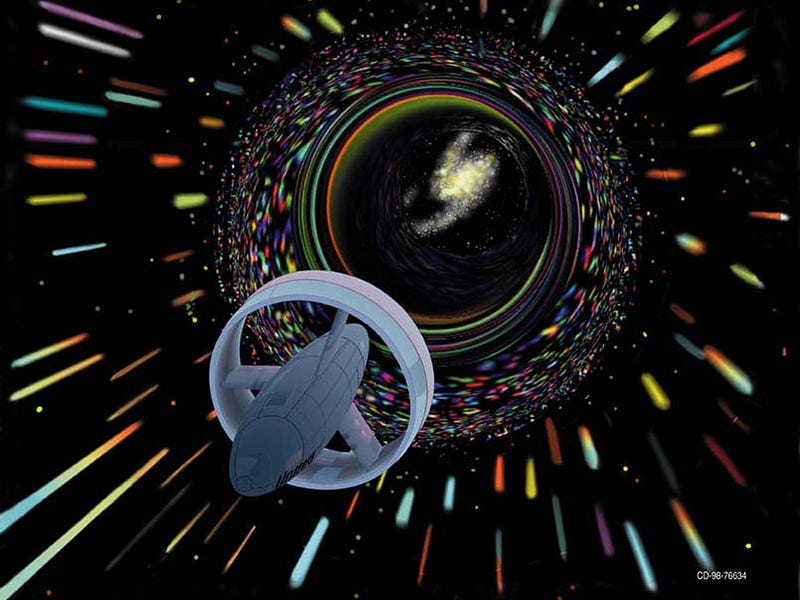
The entire reason that so much of what’s delineated as possible from what’s impossible in our Universe is a direct result of special relativity. Relative to any other particle of matter or radiation — whether massive or massless — nothing can move at or greater than the speed of light. To accelerate a massive object to the speed of light is a physical impossibility; it would require an infinite amount of energy. Instead, all we can hope to do is approach it, enabling us to travel very quickly, but not arbitrarily quickly. Since the fabric of the Universe (spacetime) itself is expanding at a certain rate, galaxies that are too great a distance will appear to be receding from us faster than the speed of light. They’re not actively moving, of course, but the expanding Universe ensures that something beyond about 15 billion light years away will have the space between ourselves and that object expand too rapidly for us to ever reach it.
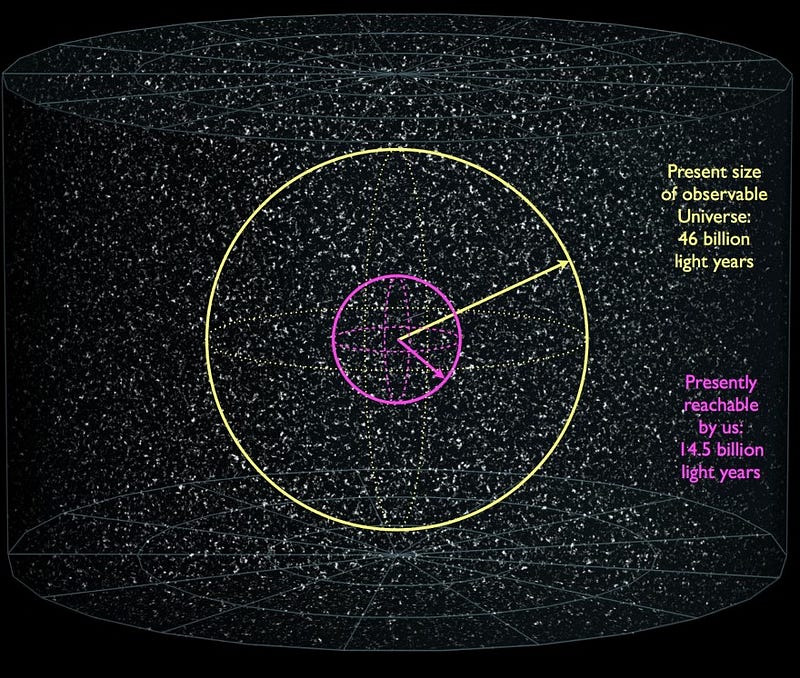
No matter how much energy we pump into our spacecraft, no matter how close to the speed of light we get, the galaxies beyond this “unreachable” point will expand away from us at speeds greater than the limits imposed by Einstein’s relativity. As time goes on, they’ll grow more and more distant, even if we were to move towards them at the speed of light. That’s what you get when dark energy dominates the Universe: even the fabric of space itself is against you. But the Alcubierre solution to General Relativity not only changes those limits, it all but removes them. It’s still true that no object can move faster than the speed of light through space, but suddenly, the space itself that surrounds your object can do something new that it’s never done before.
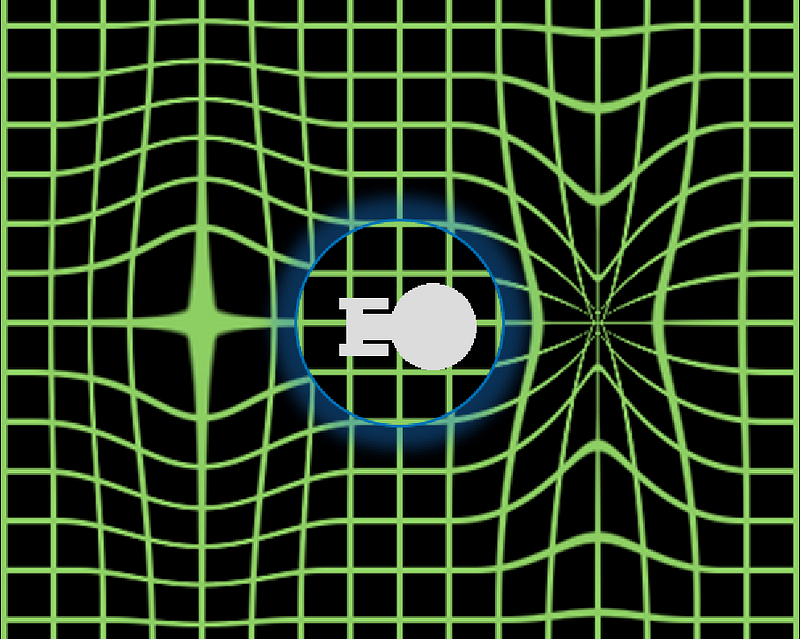
Although it requires a new type of matter-or-energy — something with negative rest mass/energy — the Alcubierre solution enables you to severely warp (contracting) the space ahead of you in your direction-of-motion, while reverse-warping (expanding) the space behind you. In a practical sense, this enables you to cut down the distance in front of you by factors of tens, hundreds, or even thousands: the Star Trekequivalent of moving at greater than Warp 9. And if you can cut down the effective distance anywhere you travel, suddenly you can overcome any amount of spatial expansion in the expanding Universe.
The implications for what suddenly becomes physically possible are astounding.
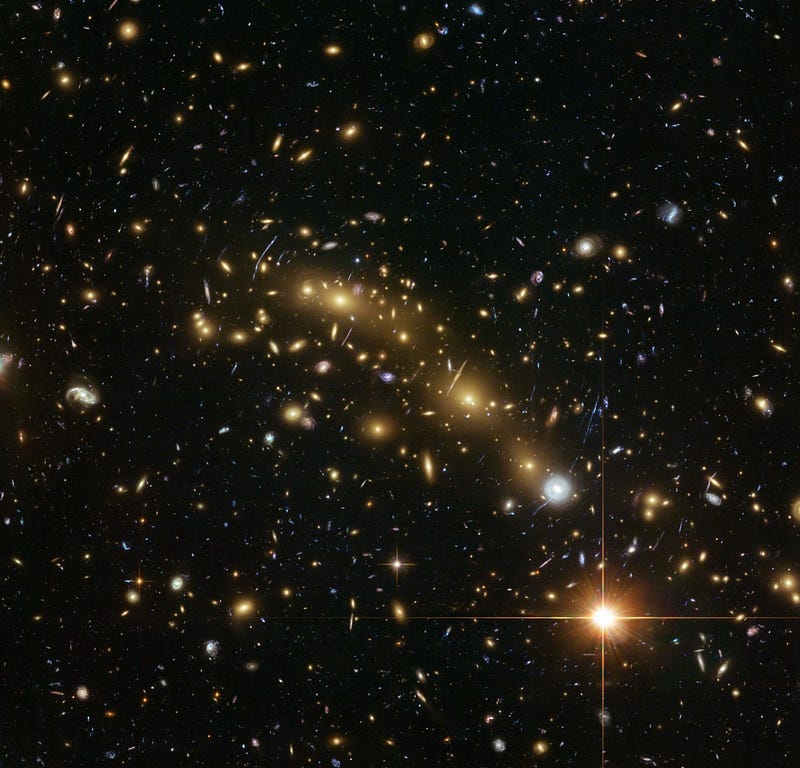
Seeing invisible galaxies. Not only can you “catch” anything moving away from you through space, even if space itself expands faster than the speed of light, but it enables you to catch galaxies past the edge of the observable Universe! We can presently only see as far as light has traveled through the expanding Universe over the 13.8 billion years since the Big Bang. But if you can warp space and break that limit, traveling through space with the capability to outrace a photon, you can speed through the Universe and see stars, galaxies and portions of the Universe that will never have their light reach Earth. Now that’s truly going where no one has gone before!
See the future that Earth will never see. Everything in the Universe, right now, will see the same Universe that we do: a Universe that’s existing 13.8 billion years after the Big Bang. But when we look at stars or galaxies thousands, millions or billions of light years away, we see them as they were thousands, millions or billions of years ago! For all the galaxies beyond our local group, there’s a limit to how old they’ll ever appear to us, as it’s only the “young light” that can ever reach us, since the light that most galaxies emit today will never reach us due to the Universe’s expansion. With warp drive, though, we can visit them as they are today. It would allow us to see stages of cosmic evolution, firsthand, that we can only guess at today.
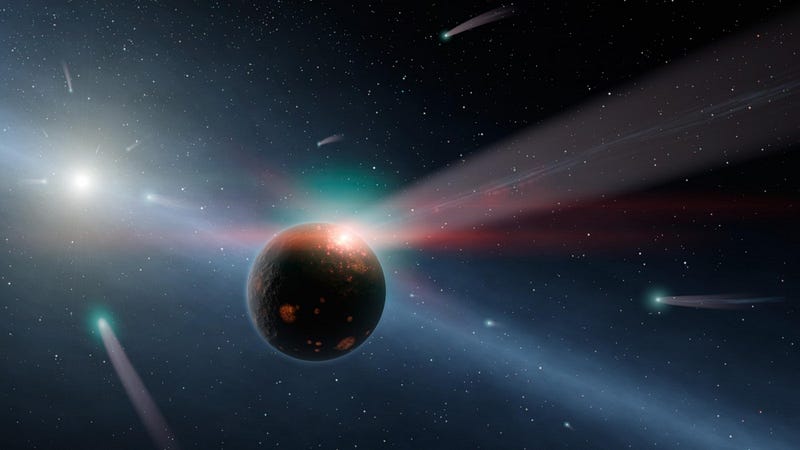
See ourselves as we were in the past. You can’t use warp drive to travel back in time, but if you can outrace the light that the Earth, Sun or Milky Way emitted so long ago, you can then “catch” it with the proper tools. Warp yourself to 65 million light years away, and with a good enough telescope, you can see the asteroid that wiped out the dinosaurs. Warp to 12,000 light years away, and you can see the end of the last ice age. Warp to 53 light years away and watch, for yourself, who really shot JFK. Or go back to 4.5 billion light years away, and watch our Solar System as it’s first being born. Warp drive, coupled with a powerful enough telescope, would suddenly become the ultimate forensic tool.
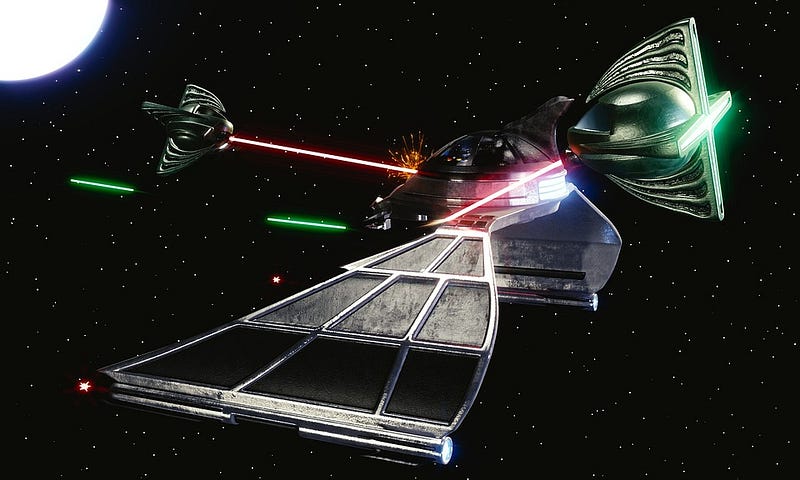
Outrun any weapon; attack with total surprise. All combat is limited by the speed at which things move: the speed of light. But if you can move faster than that, then attacks that are limited by the speed of light can never hurt you. And if you — as the attacker — move towards your target faster than the speed of light, they can never see you coming with any sort of sensor. In fact, if you managed to punch your opponent at greater-than-light-speed, they would feel the impact of the punch, then see your fist at their face, and then see your fist move away from their face at arbitrarily fast speeds.
And in that same fashion, you can also create illusions or effects that appear to move faster than the speed of light, even though it’s only the fabric of space itself that’s changing.
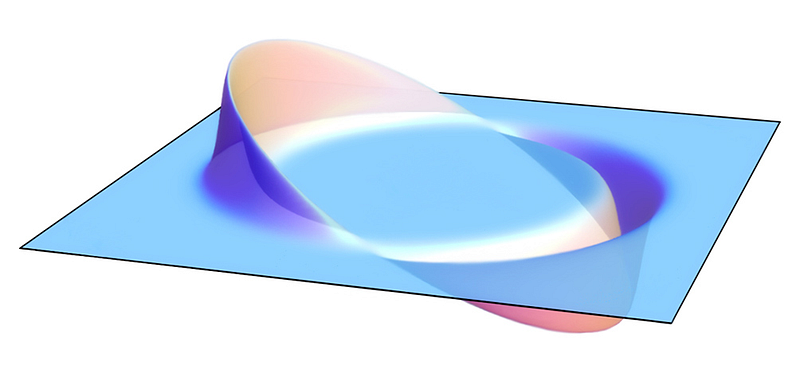
In reality, no laws of physics are ever actually violated by warp drive. Instead, it’s merely an important practical restriction on what’s possible — namely, that nothing with mass can move through space relative to another object faster than the speed of light — that’s been circumvented through the controlled warping of space. If the Alcubierre drive were real, we could not only reach any star or galaxy in the Universe we desired, we could literally achieve what’s otherwise impossible today. And we could learn truths we can never know otherwise: of our deepest assumptions about the Universe being isotropic, homogeneous, and the CMB having the same properties from all locations in space. It would be the most incredible boon to science imaginable, by bringing the ultimate science-fiction technology to life.
The real-life science of Star Trek technologies like warp drive, the transporter, antimatter containment and much more can be found in Ethan Siegel’s new upcoming book, “Treknology,” due out in 2017!
This post first appeared at Forbes, and is brought to you ad-free by our Patreon supporters. Comment on our forum, & buy our first book: Beyond The Galaxy!





